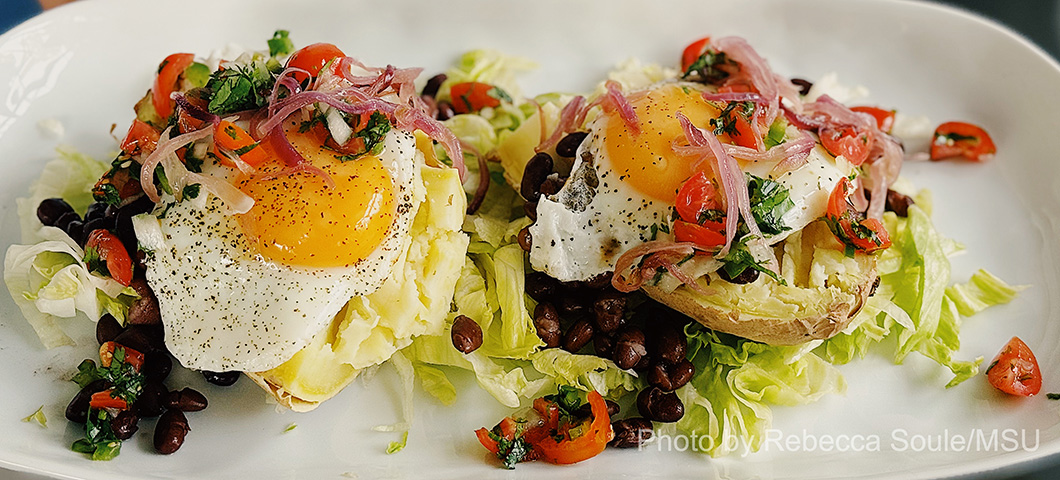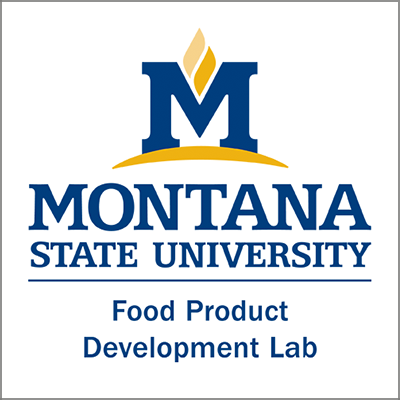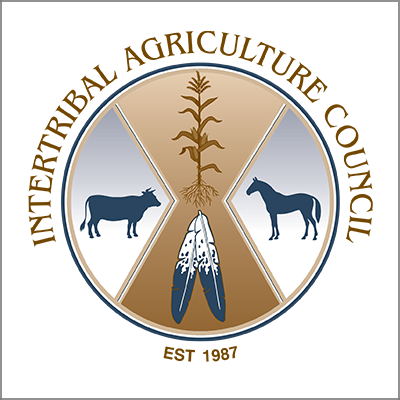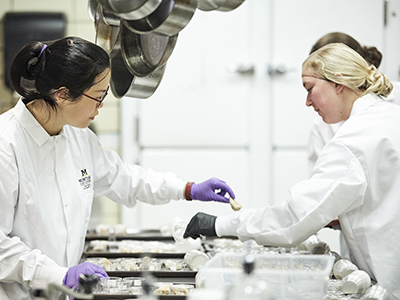Microwave Loaded Sweet Potato with Black Beans, Fried Egg, and Pico de Gallo
Recipe by Rebecca Soule and Annemarie Kozlowski, Montana State University, Food Product Development Lab
Serves 2-4
|
Product1
|
Amount
|
Unit
|
|---|---|---|
|
sweet potato, large, skin on, cleaned
|
1
|
whole
|
|
black or pinto beans
|
1
|
15-oz can
|
|
eggs
|
2-4
|
(1 per serving)
|
|
cherry tomatoes, quartered
|
1
|
pint
|
|
jalapeño, seeded and minced
|
1
|
whole
|
|
red or white onion, minced
|
1
|
Tbsp
|
|
cilantro, minced
|
1
|
bunch
|
|
juice from lime
|
1
|
whole
|
|
salt and pepper to taste
|
|
|
|
iceberg lettuce, shredded
|
|
|
|
cooking spray or neutral oil
|
|
|
1The MSU Food Product Development Lab does not endorse any ingredient suppliers.
Instructions
- Potato and Beans: Puncture the sweet potato with a fork and microwave for 5-10 minutes until very soft, adjusting for your microwave's power. Remove potato and cut it in half for two servings or quarter it for four. Heat the beans in a separate microwave-safe bowl until warmed through.
- Pico de Gallo: While potato and beans are cooking, in a small bowl combine quartered tomatoes, minced jalapeño, minced onion, minced cilantro, lime juice, and a pinch of salt. Stir and set aside to allow flavors to combine.
- In a frying pan that is lightly coated with either cooking spray or neutral oil, fry egg to desired doneness.
- With the back of a fork, smash the inside of potato and season with salt and pepper. On a plate, add shredded lettuce, top with potato, beans, egg, and Pico de Gallo.
Acknowledgements
This project resulted from a partnership between the American Indian Foods program of the Intertribal Agriculture Council and Montana State University (MSU). The project was funded by MSU’s Outreach and Engagement Council and the National Institute of Food and Agriculture, U.S. Department of Agriculture (USDA) (award number 2020-38640-31523-WS1RE through the Western Sustainable Agriculture Research and Education program under project number SW21-929). MSU and USDA are equal opportunity employers and service providers. Any opinions, findings, conclusions, or recommendations expressed in this publication are those of the author(s) and do not necessarily reflect the views of MSU or the USDA.






